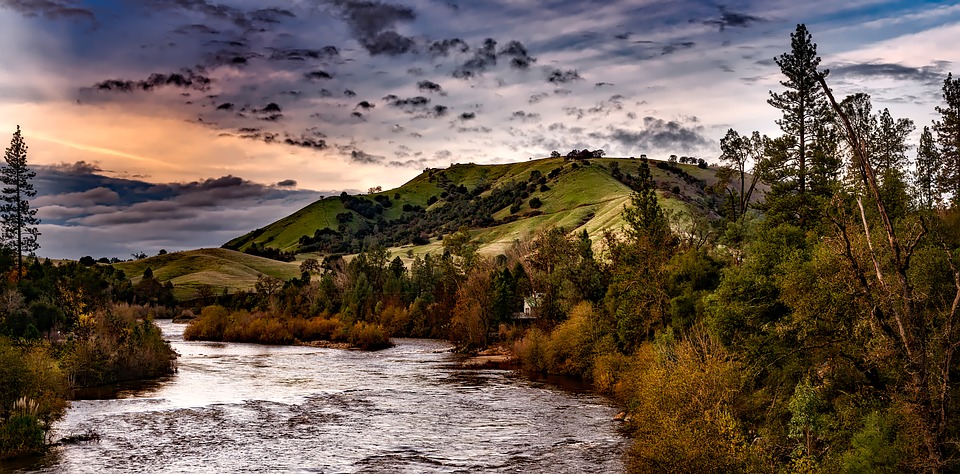 This week, a headline literally* gave me whiplash. The loss of 1,600 points on the Dow? No, don’t be silly. Another government shutdown? No, not that one either. I mean the big news. Backpackers no longer have to filter their water. Because there’s nothing in the water that can hurt them!
This week, a headline literally* gave me whiplash. The loss of 1,600 points on the Dow? No, don’t be silly. Another government shutdown? No, not that one either. I mean the big news. Backpackers no longer have to filter their water. Because there’s nothing in the water that can hurt them!
Wow, right? Like many outdoor enthusiasts, I’ve always seen a water filter as a crucial part of my of my packing regimen. I’ve used ceramic filters, paper filters, those odd filters attached to the bottles, tablets, drops, UV light, and good old fashioned boiling.
I’ll never forget the feeling of staring at a snowmelt stream while coming off Clyde Minaret in the Sierras, long after dark, totally lost and dry as desert salt. I just sat there, staring, holding my broken Steripen and wondering if it was worth the risk.
In fact, if I had to decide between a filter and sleeping pad, I’m pretty sure I’d be waking up with a sore back in the morning.
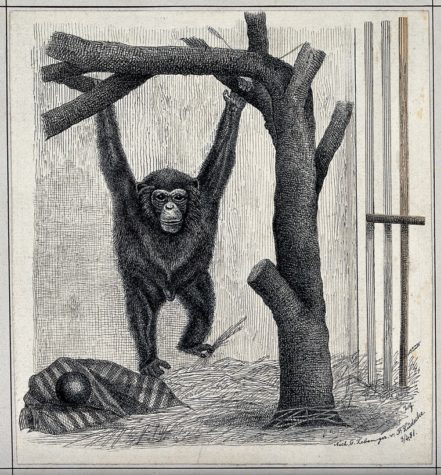
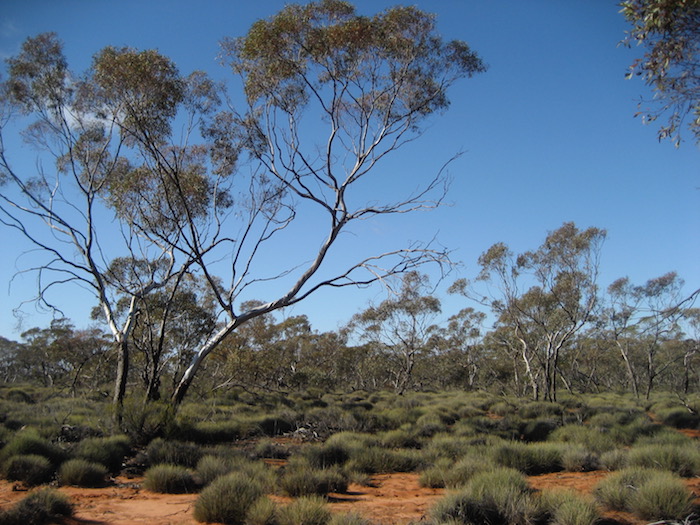
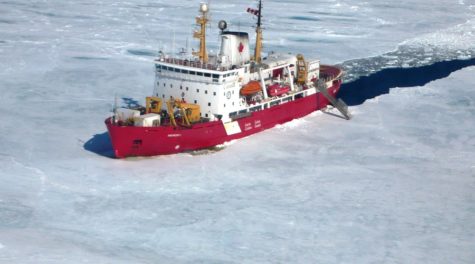
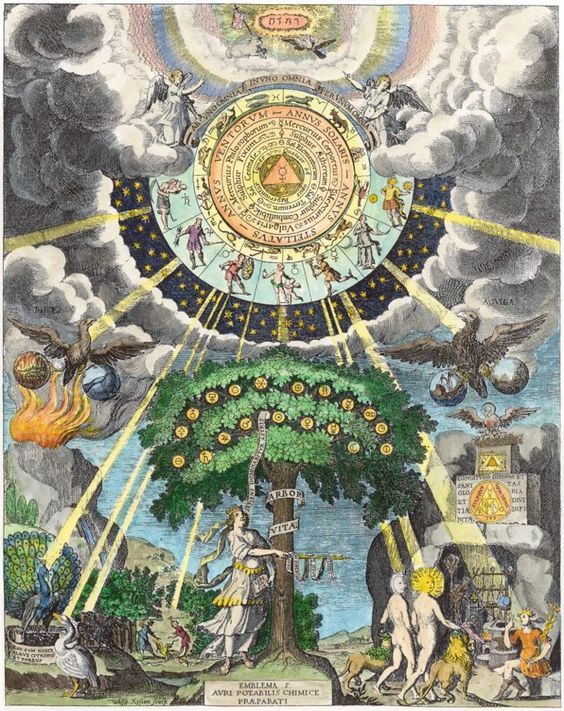
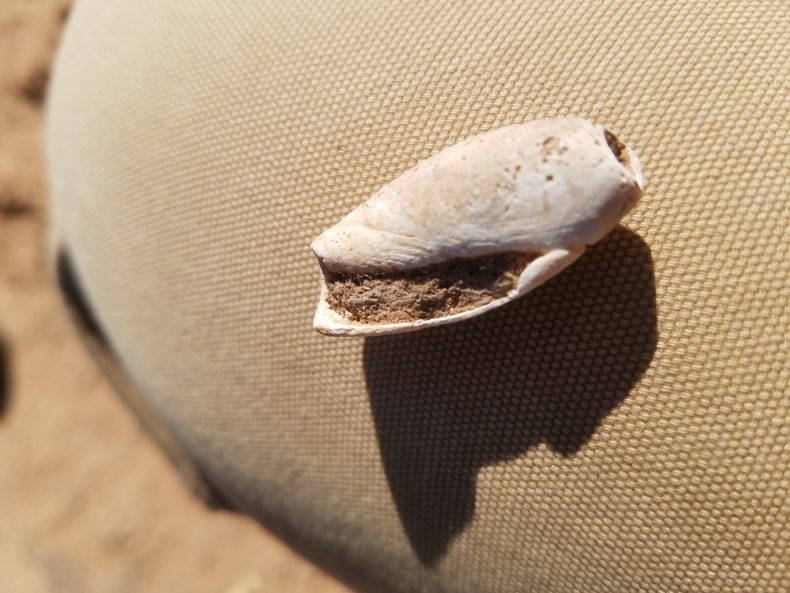 I was snooping around an old uranium mill the other day in southern Utah, taking advantage of an unusually warm January day in the desert to explore washes, ridges, and places where I could hunt for artifacts. You’ll find here glass bottles, metal tags, and pieces of machinery. It was a field mill, looked like 1950s by the decay. No bigger than a one-bedroom house, it had been reduced to some crackled concrete walls and durable trash, glass, plastic, metal. Bolts, broken tea cups, bottle caps. It had been built near a steep gully above a dry wash, and its ruins were crumbling into sandy, ashen soil.
I was snooping around an old uranium mill the other day in southern Utah, taking advantage of an unusually warm January day in the desert to explore washes, ridges, and places where I could hunt for artifacts. You’ll find here glass bottles, metal tags, and pieces of machinery. It was a field mill, looked like 1950s by the decay. No bigger than a one-bedroom house, it had been reduced to some crackled concrete walls and durable trash, glass, plastic, metal. Bolts, broken tea cups, bottle caps. It had been built near a steep gully above a dry wash, and its ruins were crumbling into sandy, ashen soil.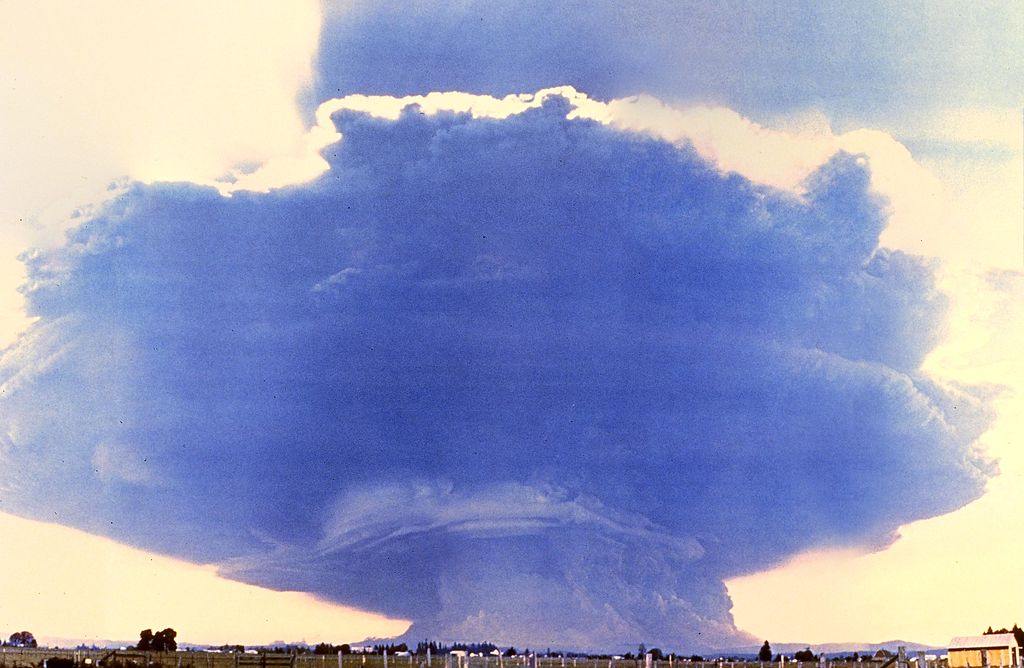
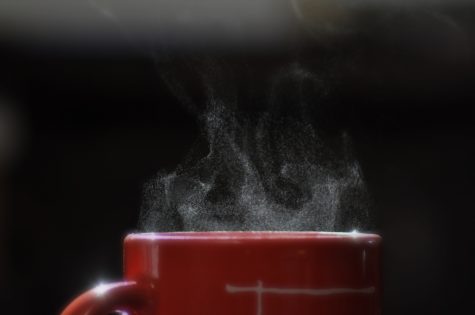 I used to take opioids for pain. Every day. Numerous times a day. I didn’t abuse the drugs; I was prescribed them for legitimate reasons and I used them as directed.
I used to take opioids for pain. Every day. Numerous times a day. I didn’t abuse the drugs; I was prescribed them for legitimate reasons and I used them as directed.